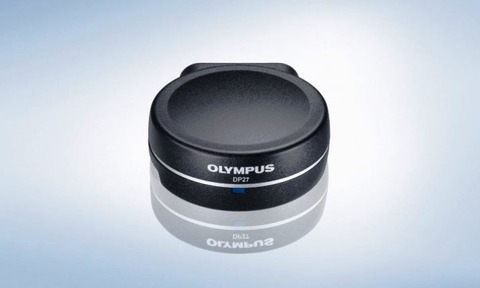
Individual needs are met with multi-mode functionality, delivering full-HD live images of unprecedented quality directly to the monitor.
Olympus claims that life-like digital microscopy has been made possible with the introduction of its DP27 and DP22 digital cameras. Both cameras deliver fluid imaging at full-HD resolution via a USB 3.0 interface, and enable easy optimisation for each and every application with three distinct modes.
With the next generation of Olympus digital microscopy camera, researchers can enjoy visualisation on a monitor that is virtually identical to that of the oculars.
The latest cameras offer a detailed full-HD live image, with 30 fps for the DP22 and 22 fps for the DP27.
The progressive readout ensures a fluid and true-to-life experience, ideal for both analysis and viewing comfort.
Furthermore, when precise focusing of intricate samples is necessary, the DP27 can provide a fast 15 fps live image at 5 megapixels, allowing the user to effectively zoom in directly on the display.
Based on individual needs, the user is able to choose a “High-Fidelity mode” to generate images which are true to the oculars, or a “Normal mode” with enhanced colours ideal for pale stained samples or for clearly presenting to an audience.
When using phase-contrast, a dedicated “Cell Culture” mode is also available to produce a balanced image, free from the typical fringes produced by this illumination technique.
Addressing specific requirements, both cameras deliver their full image quality also in a stand-alone configuration, with the new DP2-SAL controller directly connecting the camera to a monitor.
With no dedicated computer, this compact controller simplifies image acquisition yet still provides powerful features like movie recording with audio, or control via a touch-screen, the company claims.
Ready to use in seconds from power-on, the controller also provides automatic image calibration and enables quick, reliable measurements to be easily exported to Microsoft Excel. Images can either be saved locally to any USB connected storage media or in a shared folder via a network connection.
For more information, and to view the entire range, please visit: www.olympus-europa.com/microscopy





